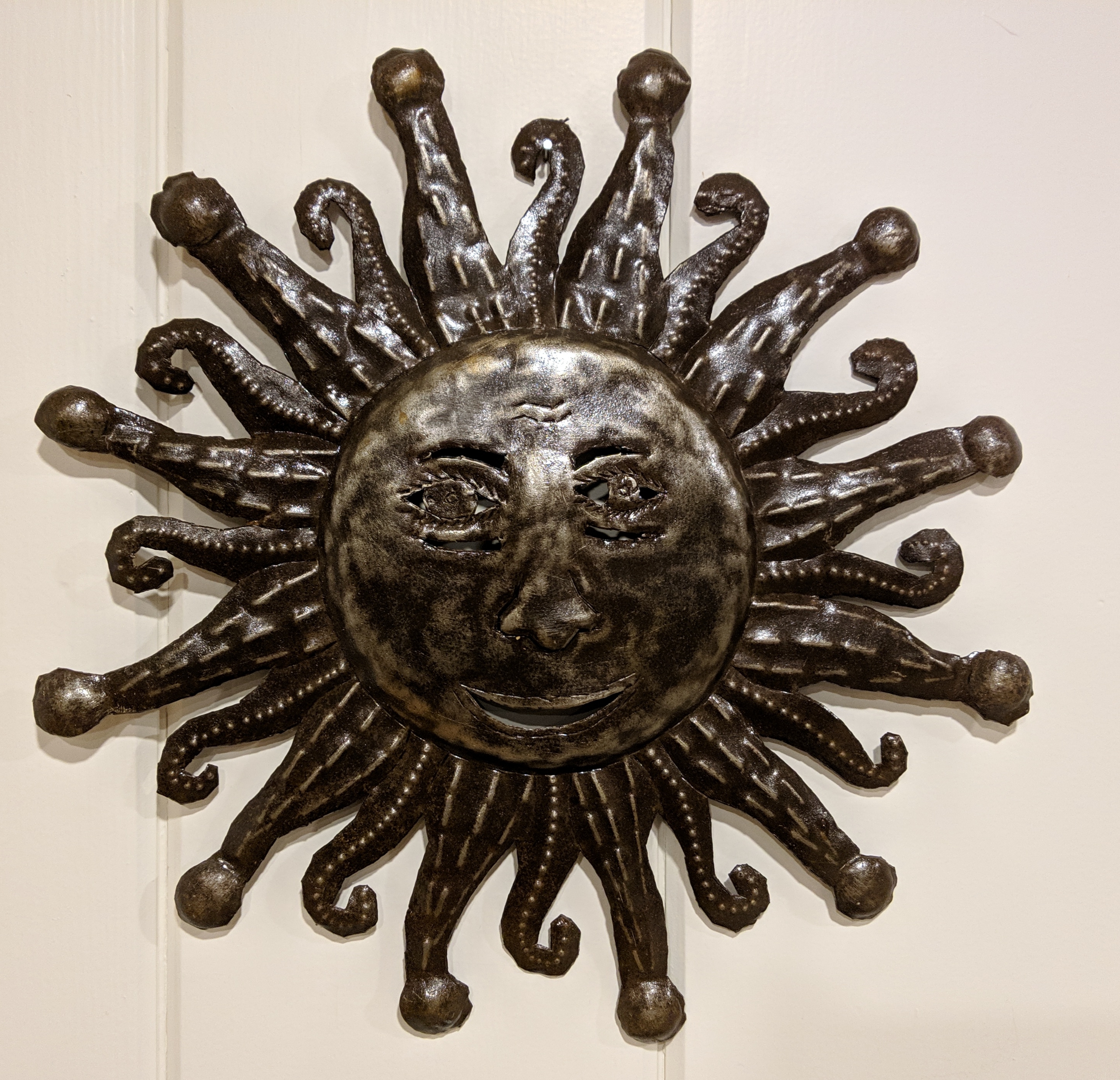Do you have a fridge organizing hack? Asking for a friend.
One thing you should do no matter what, is keep your fridge full. Every time you open the door, the cool air gets replaced by warmer air from outside. If there is more air in your fridge, your fridge is less efficient. You can always fill more space with items such as beer.
Beer? Smh.
Refill bottled water and fill the empty spaces in your fridge with it.
Take it from someone who lives off grid, that’s how you save and use less energy.
I prefer beer
Yeah, take it from someone who lives on the grid ;)
What’s your favourite?
There’s literally hundreds to choose from! I simply don’t have a favourite (I’m usually too drunk to fairly rate them anyway).
That being said, something not too bitter or overly sour, not too heavy, and around 6%. As a common one, Desperados is nice.
I quite like ciders too, if that counts.
why not empty closed bottle then? Or paper
edit: just thought about power failure, could be a way to keep it cold for a longer time
Thermal mass, my man.
Air will fluctuate temp much faster than water.
The fridge will be working to get the water chilled but if it was empty space than it’d be working to simply chill that air too, plus whenever you open the fridge door, all the cold air falls out the bottom - heat rising and all - so the compressor ends up working more on an empty fridge. Whereas if you chill 35 12oz bottles of water and open the fridge door, you’ll lose the air (but there’s less of it) but yr not gonna effect the water temp.
I built my fridges from chest freezers which I got for free off Craigslist. I used freezers since they’re more effective getting to lower temp, and basically set them on their warmest setting. One compressor for the fridges, which are directly underneath my counters. The counters themselves are hinged and sealed, they lift up and are the door. I have 5sided sealed and lidded drawers along the bottom. You pull them out then lift the lid, like a box with one side the outward face of the cabinetry. Those are the freezers, with their own compressor. Insulating a box isn’t rocket science, and transferring the compressor and radiators isn’t difficult either, just know what your dealing with and the particular chemistry of your units. Don’t kink lines, etc.
Reach in (down) fridges save a TON of electricity.
You’re talking about pennies, literally pennies, in power consumption differences over the course of a year
Its more than pennies. When the compressor kicks in it’ll take 100-200wh a day just to balance the temperature out. In England thats an average of 50p a week, or £26 approx a year. You can get around some of this by using clear drawers like you often find in the bottom of the fridge as it will hold the cold in and stop the cold air falling out s yo open the door.
You can always fill more space with items such as beer.
That just means I open the door more often.
This is wrong. Too empty and it works hard because the cold is lost quickly (nothing to hold it). Too full and it’s working against the food that’s consuming the cold.
They say 3/4 full is ideal.
heat doesnt like state changes. That’s how insulation foam works. presumably the solids and liquids you’re refrigerating would be more reluctant to provide heat transfer to the warm air youre letting in, allowing the refrigerator to work less hard and just cool the new air. you may be able to pack insulation foam in there strategically , as far from the cooling mechanism as possible with little harm if your refrigerator is too empty. I did not vote on your comment.
Vegetables to the top, meat to the bottom; anything that can drip anything (liquid, blood, juice, etc…) should be placed at the bottom so to drip on the least amount of items.
Throw stuff out. Hot sauce from 2 years ago? Toss. Condiment packs from last week that you will never use? That can of hard kombucha your friend left behind?
Toss it all out. It does not good taking up space if you’re never going to use it.
The other person said to fill the fridge so there is less empty space though. Do I fill or toss? Ahah
Empty of crap. But fill unused space with water bottles.
Nothing to add but a tangent story. I was living in NZ 10 years ago and rented a house for NZD300 per week. The house would have been classified as a shanty in my 3rd world country. Anyways. it was winter and I was watching ice forming in real time on my glass of water as I sit in the uninsulated kitchen. It then occurred to me that the 8C in the fridge is warmer than the kitchen air temperature.
That’s rough bro, hope you’re doing better now
Clear containers for anything that isn’t commercially labeled. My wife used to wrap leftovers (or anything, really) in aluminum foil. more than two thirds of the time I’d end up throwing it out after a couple of weeks because, since nobody knew what was in the mystery packages, nobody ate it. I bought some glass storage containers (the kind with the plastic, locking lids) so it’s obvious what is contained within. A lot less waste.
Also, I’ve got pull-out bottom freezer with one basket and one deep “bin” and shit got lost so I 3D printed dividers and organized it.
Buy some shallow but largeish Tupperware and put anything that might leak in it. Doesn’t have to be sealed, it’s just to catch leaks. This has saved me from having to clean raw chicken juice off the fridge’s shelves many times when the butcher didn’t wrap it too well.
Keep veggies in a crisper drawer or near the top shelves, especially if you keep your fridge real cold. Less risk of freezing them that way.
Try not to cram stuff right up against the walls. This hurts your fridge’s ability to circulate cold air and can lead to freezing of some items or at least higher energy bills.
Get a black sharpie and write the date you open something on its lid. I do this mostly with dairy stuff and oat milk boxes. No more guessing how long that cream cheese, yogurt, or butter has been sitting in there.
We do that. It also traps the cold air.
deleted by creator
Careful with that. Anything near the vents risks freezing. You don’t want frozen milk. Well I don’t know, maybe you do, but probably not.
You put the desserts way in the back so it feels like you’re making an effort to stop yourself when you get that tube of cookie dough anyway.
Short things in the short sections. If anything is obscured, make sure it’s something that won’t go bad quickly.
Keep all the raw meat at the bottom (if you’re a meat eater, obviously). Cooked meats, salads etc above then if something drips you dont contaminate the food.
Inside is the cold part. Arrange the food on the shelves then close the door. Provide an electrical source and watch as the magic of refrigeration takes hold.
Provide the electricity 6 hours before the food, to allow for the cooling to take place.
Will depend on what kind of fridge you have. The bottom drawer on mine is the vegetable box. It has humidity adjustments. Next is the “fresh” box, it has a temperature adjustment for keeping meats or vegetables. Then shelves, for the rest. The higher, the more preserved is the food. The lower, the fresher.
But this is a combo fridge/freezer. The fridge on top, freezer on bottom. Freezer is much the same. There’s a meat-drawer in the middle, and two everything-else-drawers.
Veggies in the door, condiments in bottom drawer, cheese drawer above that (CHEESE ONLY), good luck to everything else it’s going on a shelf. The freezer is a got damn mess tho.
I read that “condiments in a drawer, veggies in the door” can help you remember you have vegetables if you have trouble with object permanence (adhd) and no one forgets they have ketchup. I, personally, never forget I have cheese, hence the drawer full of it
Thermally conductive liquids on the outside, light, thermally insulating solids on the centre. Otherwise it’s more difficult to reduce the temperature.
Put anything that may drip (raw meat especially) on the bottom shelf, and definitely not on top of the vegetable crispers.









